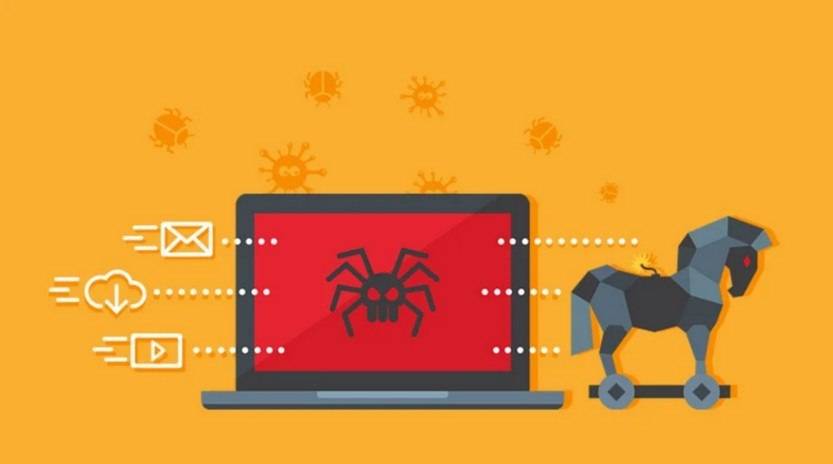Many people have recently reported receiving scam calls from imposters claiming to represent a company called United Refund. The scammers state you qualify for a tax or W2-related refund in an attempt to steal personal and financial information. This article will break down how the United Refund phone scam operates and what to watch out for with these calls.

The United Refund Scam Call Approach
This scam begins with potential victims receiving calls from a spoofed 855 area code phone number made to look like it’s coming from United Refund on caller ID.
When people answer or call back missed voicemails, the scammer claims they are from United Refund and addresses the recipient by name. They say that based on W2 tax information, you qualify for a refund worth hundreds of dollars.
In order to process the supposed refund, they claim they need to “verify” your identity and details. The scammer proceeds to ask you for personal information like your Social Security number, date of birth, banking details, etc.
However, United Refund is not a real company. No refund exists. The scammers are simply trying to steal personal and financial information for identity theft and other fraudulent purposes by impersonating a made-up tax refund agency.
How Scammers Carry Out This Deceptive Scheme
Here are some of the sneaky tactics used in the United Refund scam calls:
- Spoofing caller ID to make it appear the call comes from a believable 855 toll-free number linked to United Refund.
- Addressing recipients by name to pretend familiarity with them and their taxes/finances.
- Making up a refund amount of a few hundred dollars, which sounds plausible enough that people let their guard down.
- Citing W2s and tax documents to reference something the victim filed officially.
- Requesting an array of sensitive PII like SSNs and bank account numbers in order to “confirm their identity” and process the imaginary refund.
- Using threats and urgency that the refund will expire if people don’t provide the requested verification details immediately.
These techniques are aimed at misleading targets into thinking United Refund is a tax rebate agency with access to their personal finances. The scammers then harvest disclosed information to facilitate identity theft and financial frauds.
What to Do If You Already Provided Information
If you already fell for the United Refund scam and disclosed personal information to the callers, take these steps right away:
- Contact credit bureaus and banks to place fraud alerts on your accounts in case of identity theft. Monitor closely for any suspicious activity.
- Change online account passwords if you revealed those details to the scammers. Make each password long and unique.
- Run credit reports to check for any signs of new accounts opened or charges made in your name. Freeze credit if needed.
- File an IRS Identity Theft Affidavit if Social Security number was compromised. Notify the SSA too.
- Submit complaints to the FTC and FCC detailing the United Refund scam call, number, and any other specifics that could aid investigations.
- Consider enrolling in identity theft monitoring and protection services in case more fraud surfaces over time.
Where Scammers Obtain Victims’ Information
If you receive a scam United Refund call, you may be wondering how they got your name and number. Here are some common sources:
- Data breaches where personal info is stolen and sold on the dark web.
- Illegally obtained lead lists that include names, numbers, addresses.
- Public records like phone directories, property records, and tax rolls.
- Social media sites where you may have publicly visible contact info.
- Malware or spyware infecting devices and sending contacts lists to scammers.
- Prior scam victims having data recycled and repeatedly targeted.
Staying vigilant about exposing personal information can help reduce avenues for scammers to obtain your details.
Avoiding the United Refund Scam
Use these tips to recognize and avoid the United Refund scam call:
- Be skeptical of any call claiming you are owed a tax rebate or refund you didn’t already know about.
- Verify refund offers directly with the IRS first before providing personal information to any caller.
- Never give sensitive data like your SSN or bank details to unsolicited callers. Real refund agencies do not operate this way.
- Ask for a call back number so you can phone the organization’s official customer service line directly.
- Beware callbacks going to an unofficial call center rather than the real company.
- End the call and report the number to authorities like the FCC and FTC if you suspect a scam attempt.
Exercising caution regarding phone calls promising money in exchange for personal information can prevent falling victim to predatory refund scams conducted by shady imposters like United Refund.
Conclusion
In summary, any call claiming to be from United Refund should raise immediate suspicions, as no such tax rebate agency exists. The scammers utilize clever ruses citing refunds and verifying identity simply to gather people’s sensitive data for criminal purposes under false pretenses. Remain vigilant and never provide personal or financial details to any unsolicited calls, even if they sound official. With caution, you can protect yourself from refund scams carried out by fake companies like United Refund aimed at identity theft.










